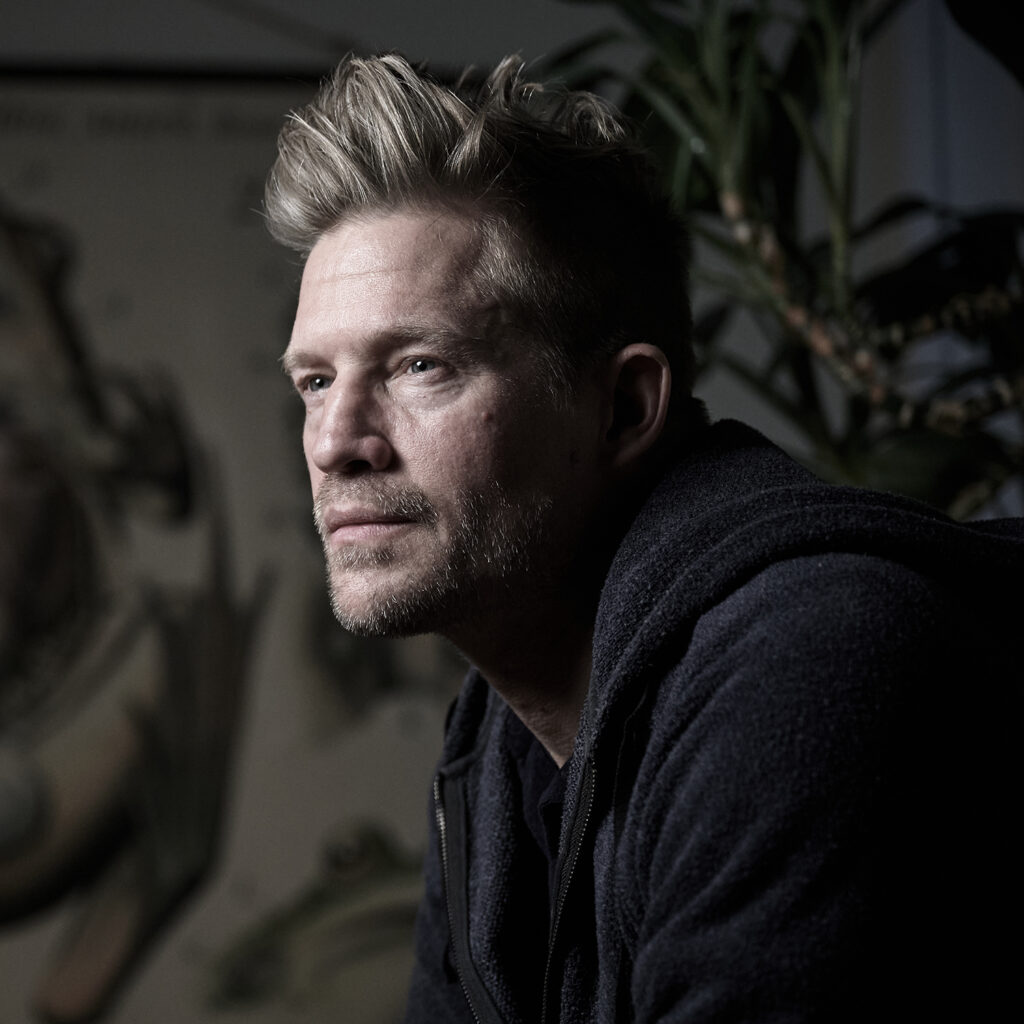
I’m Leif Steiner, a photographer from Boulder, Colorado. I used to own an advertising agency. I loved the creative industry, the thrill of it, loved our clients, but after 20 years in the business I decided life was short and it was time to do something entirely new.
I don’t have a lot of background in photography, but because of my role as a creative director I believe I developed an eye, a sense of problem-solving, opinions on style – all of which I think can easily be applied to photography.
So I approach photography from a problem-solving standpoint. When I look at a photo, I’m very analytical. To me, an extraordinary photo is one that you can look at, but that you can also hear, smell, and taste.
The best thing about being a portrait photographer is the ability to interact with people and learn things about them that you would never be able to do otherwise. I’ve learned so much about people by taking their portrait. Traveling to remote places, photographing some of these traditional cultures – there are huge language barriers. Sometimes I have to work with two translators, but I still get to understand a little bit more about their life, and they understand a little bit more about mine. This shared perspective is the richest experience for me.
“There’s photography that feeds the stomach, that pays the bills, and photography that feeds the heart.”
When I was a little kid, my brother and I were in the woods, digging through a pile of old garbage, and we dug up an old daguerreotype from the 1800s. It was on glass so we put some black fabric behind it, and could see an image. That person, whoever was in the photo, was long gone. I love the fact that this photo existed long after that person’s lifetime, and I love that this image I had just found in the ground was like a little window into another world.
We take photos and see photos every day, but jump forward a hundred years and all these pictures that seem so mundane right now become little moments in time that a future generation can look back at to see and understand our world. There’s something poetic about that, there’s something magical about photography.

On the face of it, this is a very straightforward photo. It’s a photo of a man standing there, in the Q’ero community of the Peruvian Andes. But in fact, this man encapsulates everything I love about the type of photography I do, about travel and experiencing different cultures. This particular man, whose name is Andres, didn’t know what countries were, didn’t know what an ocean was. And yet, he was more environmentally conscious than most of us. He lives very much at one with the Earth. For all intents and purposes, he’s zero waste. He’s not using electricity, he’s living off the land. I love that there are people who are connected to the Earth in a way that the rest of us have lost.
I asked him what he thought of my world versus his world, and his answer was: “Long after you’re gone, we’ll still be here.” As we are slowly degrading our environment, in his little corner of the planet they still live very harmoniously, so it’s quite possible that he’s correct, that long after the rest of us are gone, they’ll still be there. I think it’s very poetic.
Phase One is the only camera I can imagine shooting with. The quality, the resolution, the ability to capture the shot exactly as it is in my mind far surpasses what I can accomplish with any other camera. Every photographer has their own style and their own needs, but for me the Phase One is the only camera that can capture portraits the way I want to.



Last fall, I was working with a fine art printer, and he was looking at my files and went: “Wow, this camera has infinite resolution.” It’s amazing when you work with someone who prints high-end fine art photography and is blown away by the detail of your photos. Also, when I know I’m going through great effort and expense to capture an image, I don’t want to be limited by the camera I’m using. When I spend weeks in the mountains, sleeping on a damp dirt floor, never warm, never dry, just waiting for the weather to clear up so I can shoot a portrait, I know that at least I have a camera that’s not going to disappoint me when the moment comes. I know that, five years from now when I’ll be looking back at those images, I’m not going to think: oh, I wish I had this other camera. With my Phase One I have been able to shoot images that I know I will never need to re-shoot, no matter what other camera comes out.
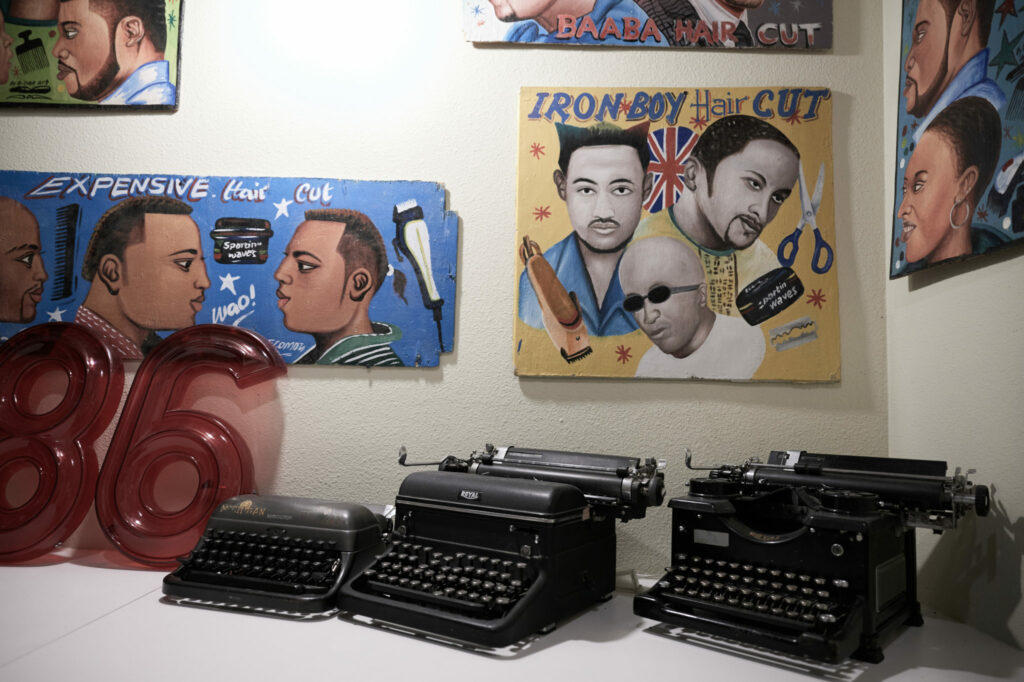


When I’m 85 years old, I want to look back and say that it was a life worth living, and that I contributed something to this world. Whether it’s small or large, I want to feel like I didn’t just take away from the planet, but that maybe I moved the ball forward an inch or two. To me, photography is the vehicle to do that. Maybe after I’m long gone, a few of my images will survive and become a little window into a world that no longer exists.
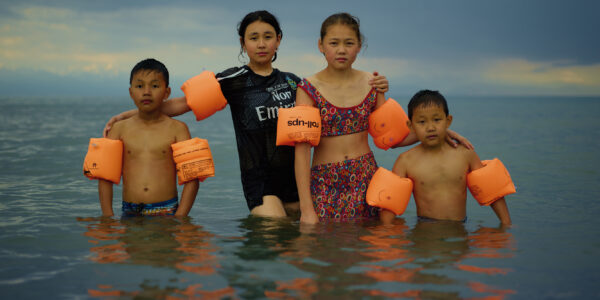
Photographer Stories
Intimacy in focus: Louise’s lens on humanity with Phase One_Part1
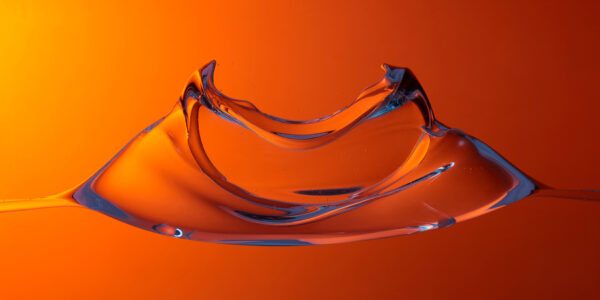
Photographer Stories
Dimitri Newman: Vision is Just the Start

Photographer Stories
Ashes: The Rebirth of a Camera- Hexmalo

Photographer Stories
Chandler Williams: A Photographer’s Path

Photographer Stories
TABO- Gods of Light

Photographer Stories
Loreto Villarreal – An Evolving Vision

Photographer Stories
Tobias Meier – Storytelling Photography

Photographer Stories
Gregory Essayan – Curating Reality

Photographer Stories
Total Solar Eclipse – Matthew C. Ng
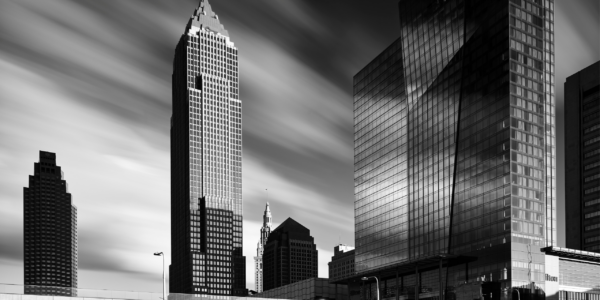
Photographer Stories
Roger Mastroianni – Frame Averaging
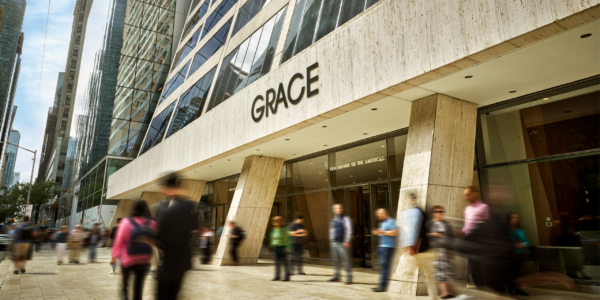
Photographer Stories
Matthew Plexman – Bringing portraits to life

Photographer Stories
Prakash Patel – A Visual Design Story

Photographer Stories
Karen Culp – Food Photography Ideas

Photographer Stories
T.M. Glass: Flower portraits
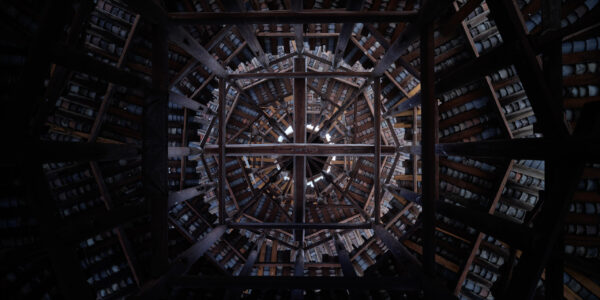
Photographer Stories
Preserving ancient Chinese buildings – Dong Village
